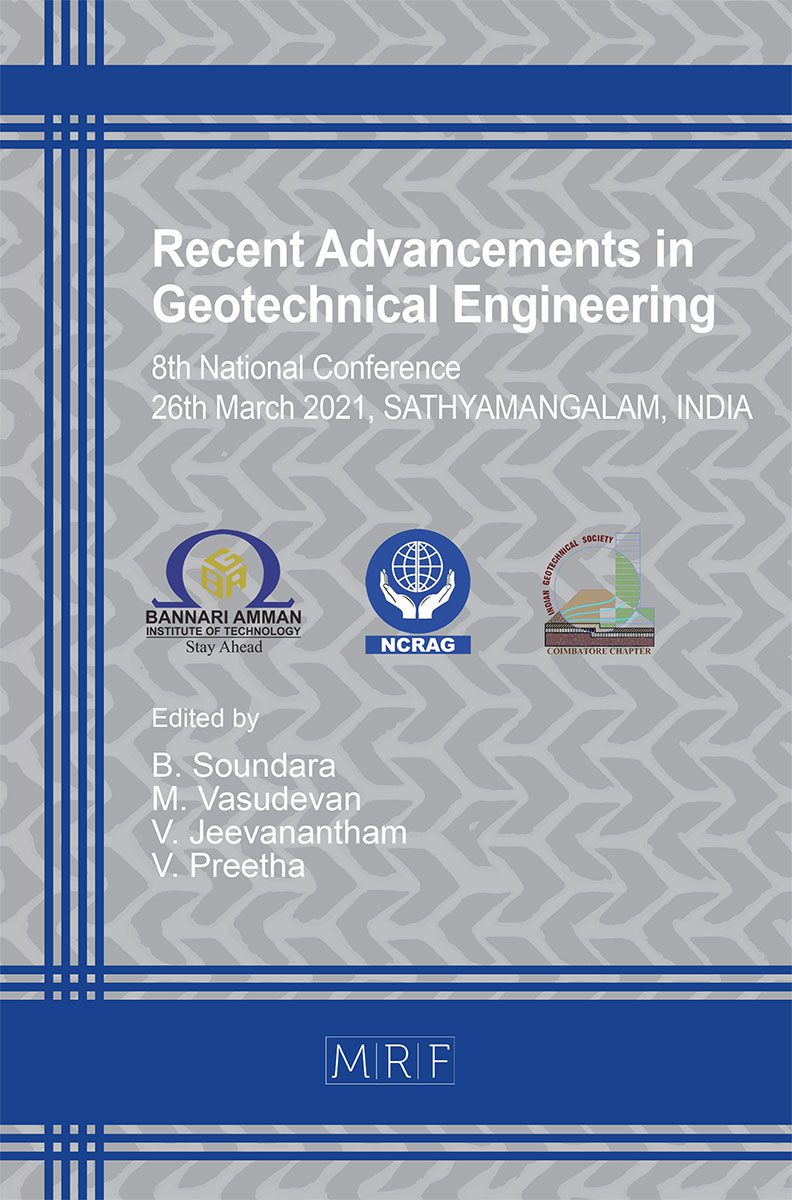Utilization of Cenosphere in Manufacturing of Fly Ash Brick
R. Premkumar, Ramesh Babu Chokkalingam, B. Subha, S. Pattu Sandhiya
download PDFAbstract. Our project was built with cenosphere material and low-density brick. The cenosphere bricks may be lighter and stronger than traditional fly ash bricks. Cement is used to replace the cenosphere in fly ash bricks in the following proportions: 230mm x 100mm x 75mm sample size for blend percentage of cenosphere, fly ash, and quarry dust. The results show how compressive strength and water absorption vary with curing age for mixed proportions of the materials mentioned previously. Then we can use the 230mm x 100mm x 75mm specimen size to cast bricks with various mix proportions of cenosphere, fly ash, and quarry dust. The weight, compressive strength, and water absorption of the cenosphere with various proportions of fly ash bricks were then compared. Via comprehensive laboratory work, this investigation is primarily based on optimizing the compressive strength of newly formed bricks thus minimizing weight density and water absorption. A definitive goal of undertaking this point as project work is to recognize factors influencing the different properties of bricks.
Keywords
Cenosphere, Low Density, Compressive Strength, Water Absorption
Published online 8/15/2021, 8 pages
Copyright © 2021 by the author(s)
Published under license by Materials Research Forum LLC., Millersville PA, USA
Citation: R. Premkumar, Ramesh Babu Chokkalingam, B. Subha, S. Pattu Sandhiya, Utilization of Cenosphere in Manufacturing of Fly Ash Brick, Materials Research Proceedings, Vol. 19, pp 100-107, 2021
DOI: https://doi.org/10.21741/9781644901618-13
The article was published as article 13 of the book Recent Advancements in Geotechnical Engineering
![]() Content from this work may be used under the terms of the Creative Commons Attribution 3.0 licence. Any further distribution of this work must maintain attribution to the author(s) and the title of the work, journal citation and DOI.
Content from this work may be used under the terms of the Creative Commons Attribution 3.0 licence. Any further distribution of this work must maintain attribution to the author(s) and the title of the work, journal citation and DOI.
References
[1] A. Hanif et al., “Properties Improvement of Fly Ash Cenosphere Modified Cement Pastes using Nano Silica,” Cement and Concrete Composites, vol. 81, pp. 35-48, Elsevier Ltd, Aug 2017. https://doi.org/10.1016/j.cemconcomp.2017.04.008
[2] A. Hanif, Z. Lu, and Z. Li, “Utilization of fly ash cenosphere as lightweight filler in cement-based composites-a review,”Construction and Building Materials, vol. 144, pp. 373–384, 2017. https://doi.org/10.1016/j.cemconcomp.2017.04.008
[3] Sumathi, A., and Rajamohan K. S. (2014). “Compressive strength of fly ash brick with the addition of lime, gypsum, and quarry dust.” International Journal of ChemTech Research, Vol. 7, No. 1, pp. 28-36
[4] Sutcu, M., Alptekin, H., Erdogmus, E., Yusuf, E., and Gencel, O. (2015). “Characteristics of fired clay bricks with waste marble powder addition as building materials.” Construction and Building Materials, Vol. 82, pp.1–8. https://doi.org/10.1016/j.conbuildmat.2015.02.055
[5] Wang, J., Zhang, M., Li, W., Chia, k., and, Liew, R. (2012). “Stability of cenospheres in lightweight cement composites in terms of alkali–silica reaction”. Cement and Concrete Research, 42, 721–727. https://doi.org/10.1016/j.cemconres.2012.02.010
[6] Pahroraji, M., Saman, H. M., Rahmat, M. N., and Kamaruddin, K. (2013). “Compressive strength and density of unfired lightweight coal ash brick.” International Civil and Infrastructure Engineering Conference, Kuching, Malaysia, pp. 22-24.
[7] IS: 3495 (Part 1): 1992 – Method of tests of burnt clay building bricks., Part 1- Determination of Compressive Strength
[8] IS: 3495 (Part 2): 1992 – Method of tests of burnt clay building bricks., Part 2- Determination of Water Absorption.












